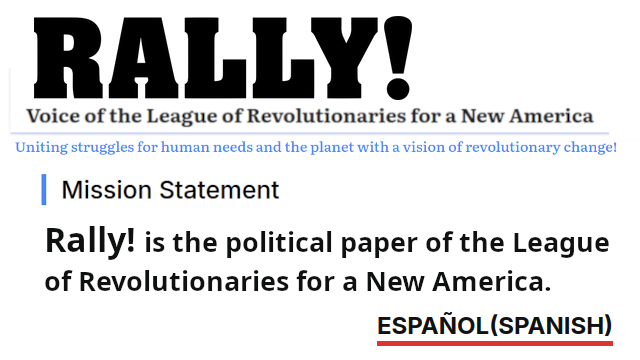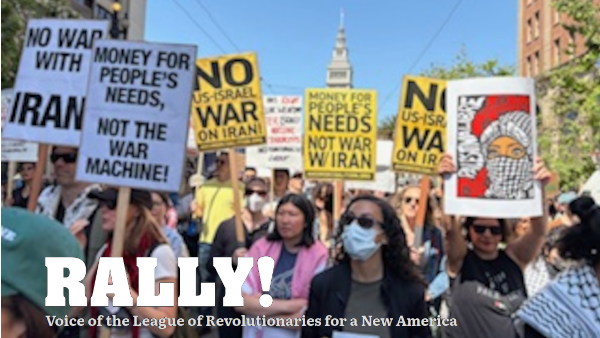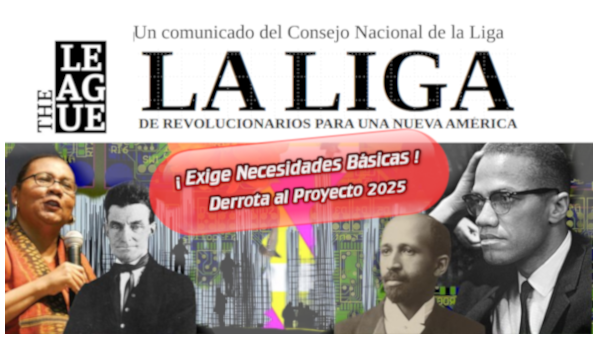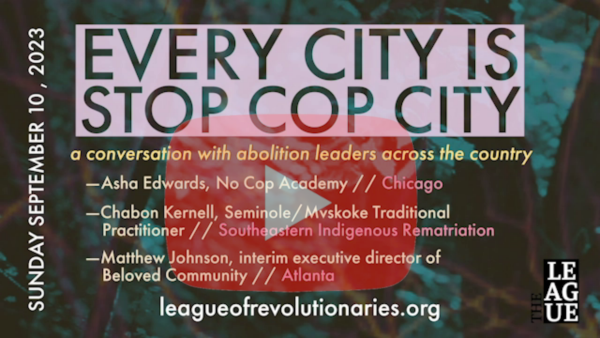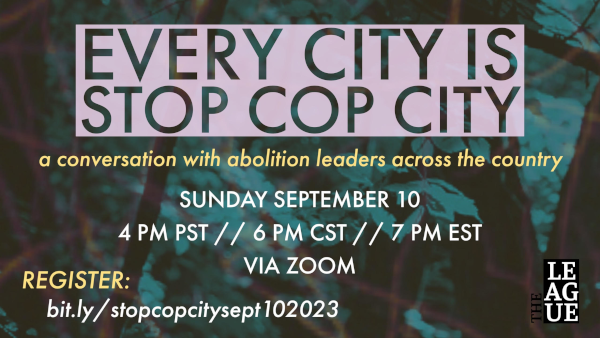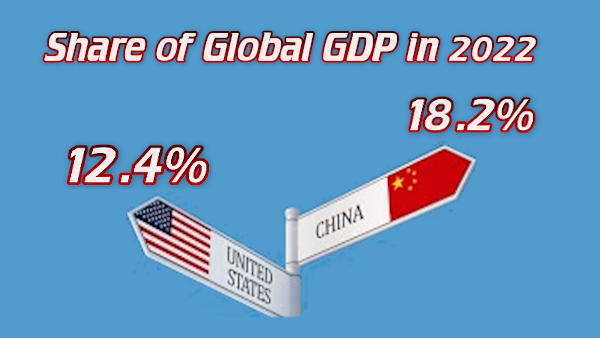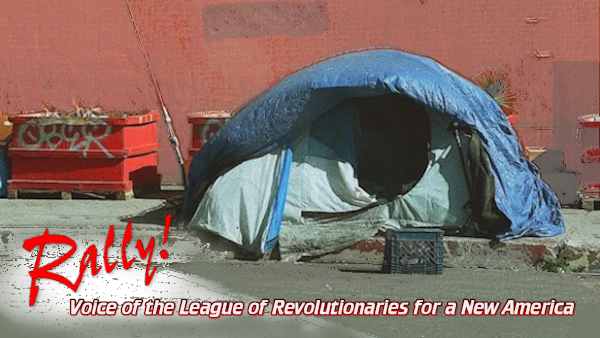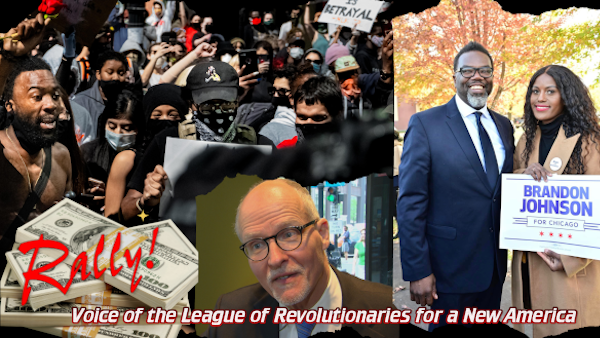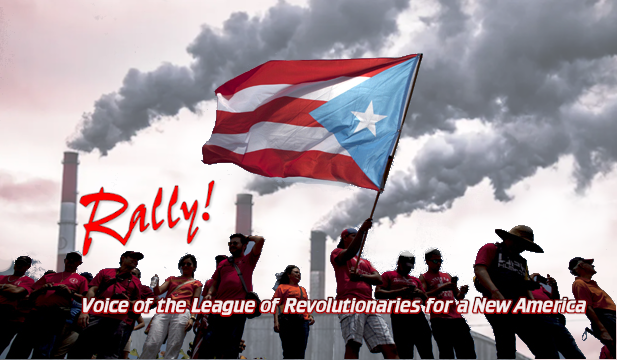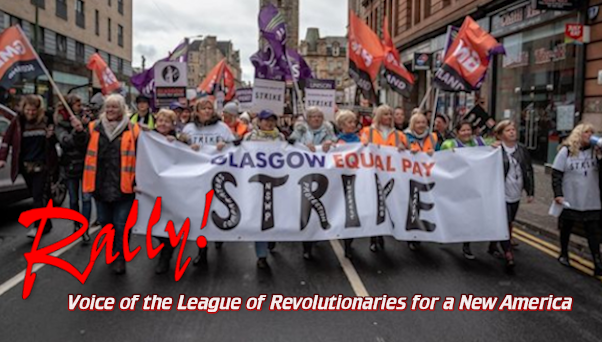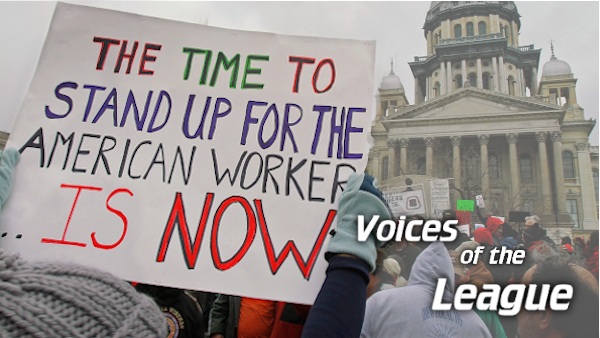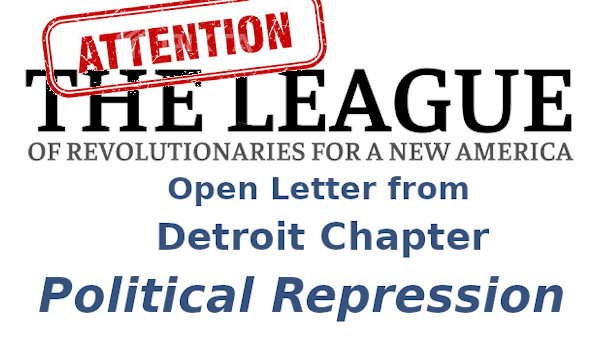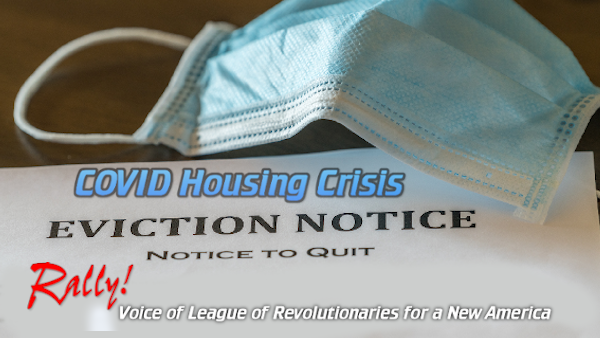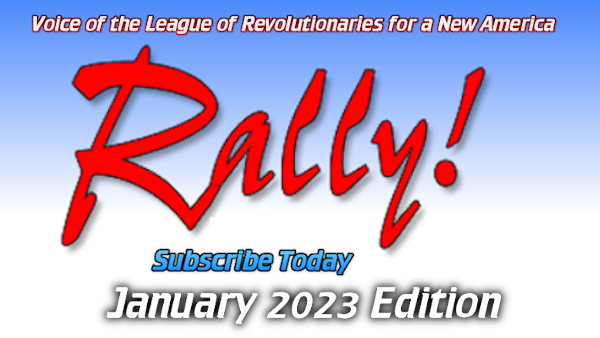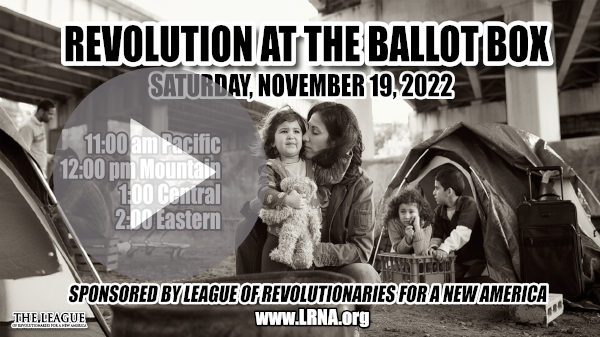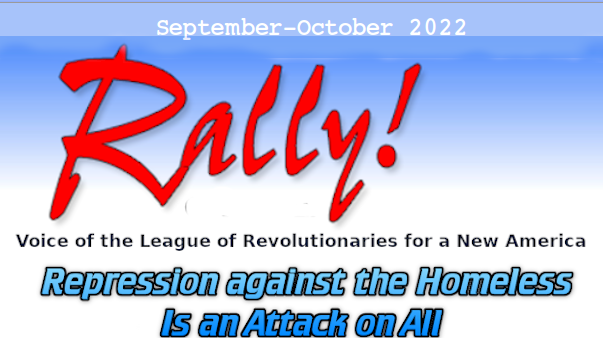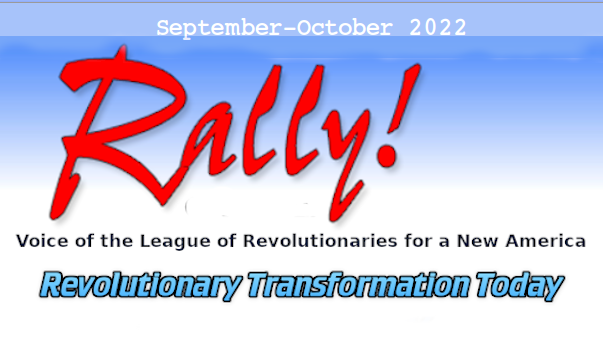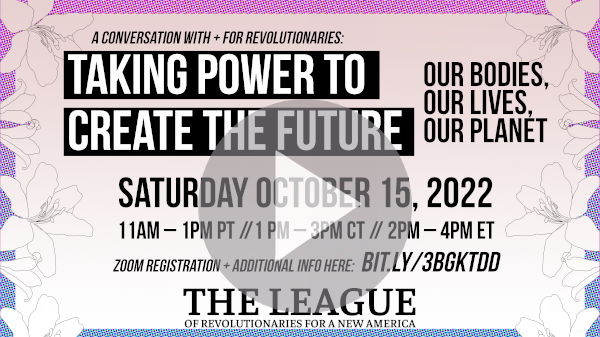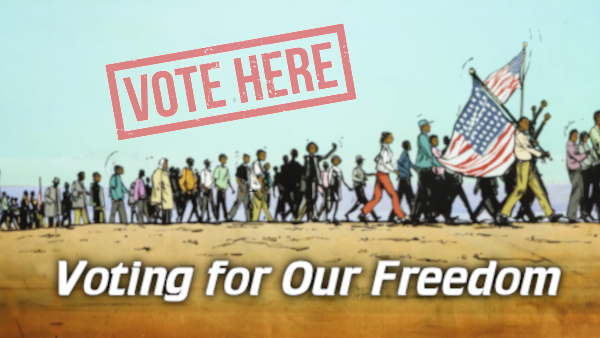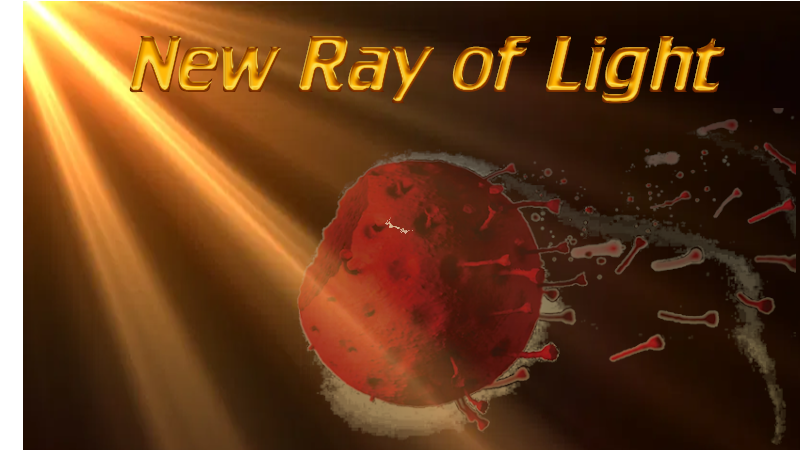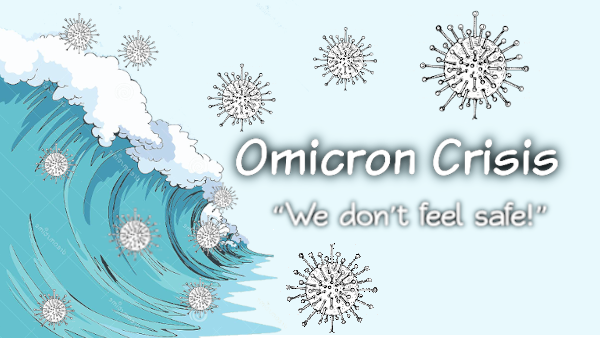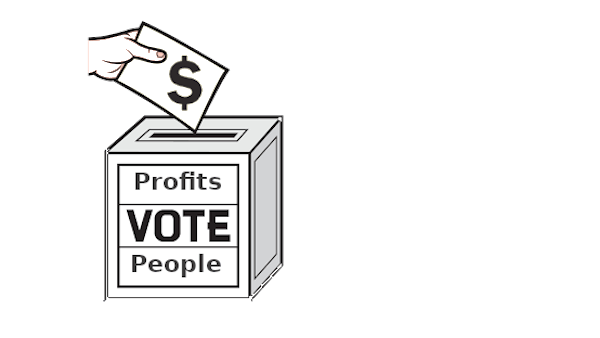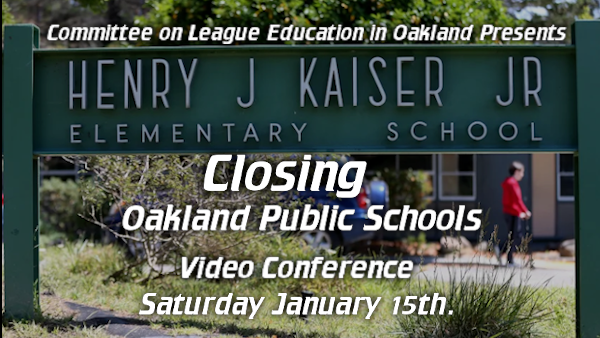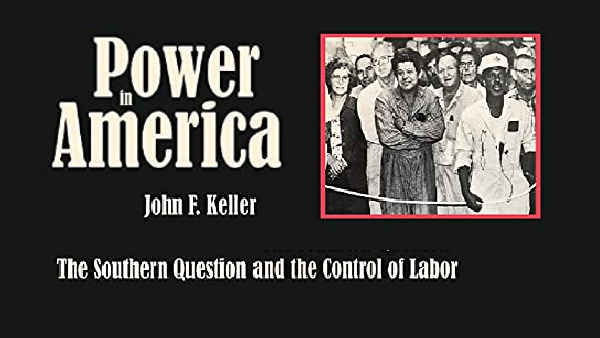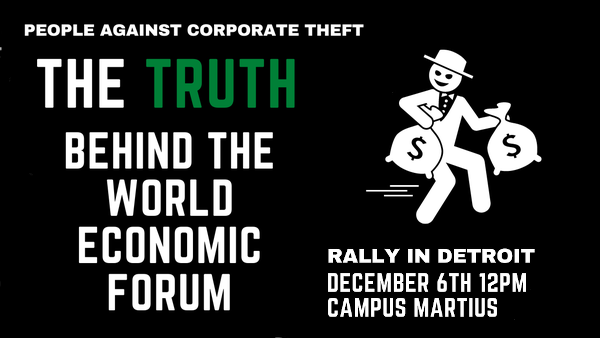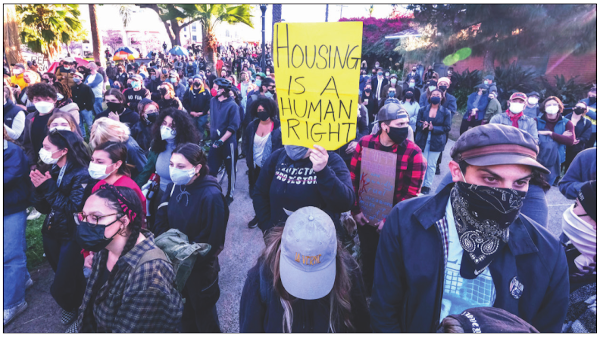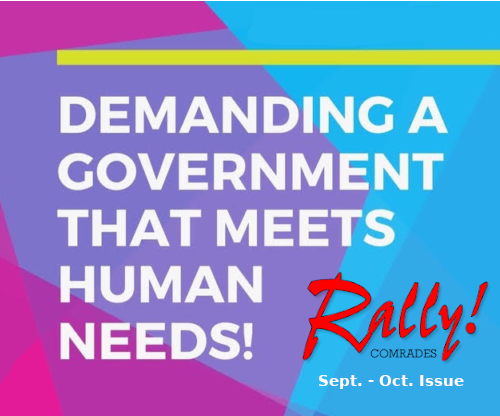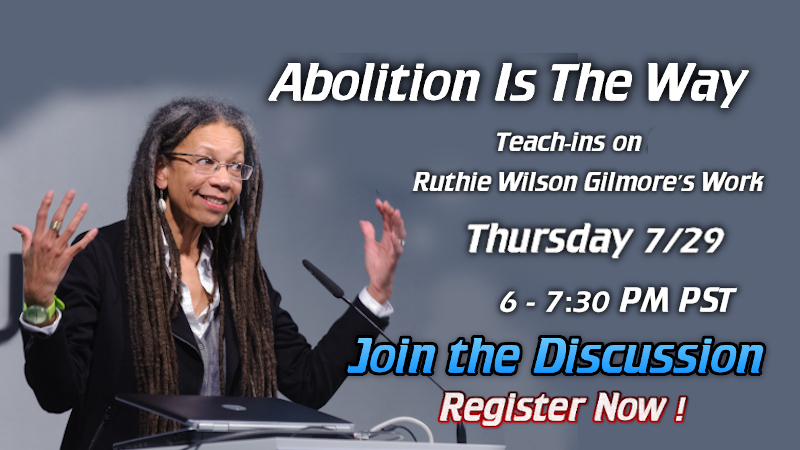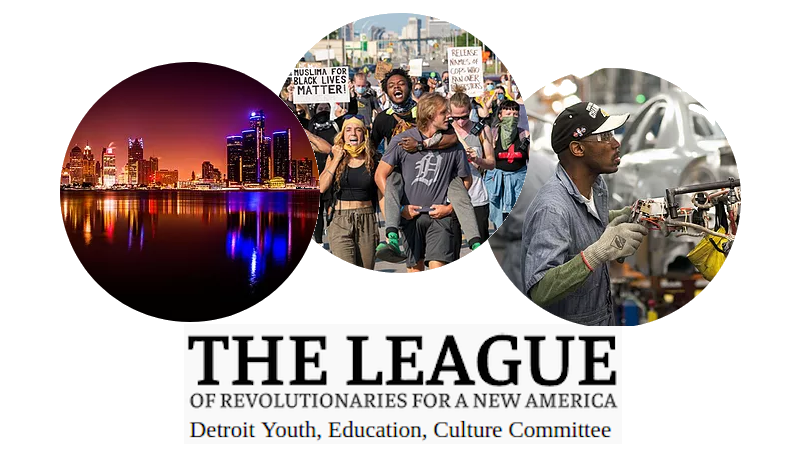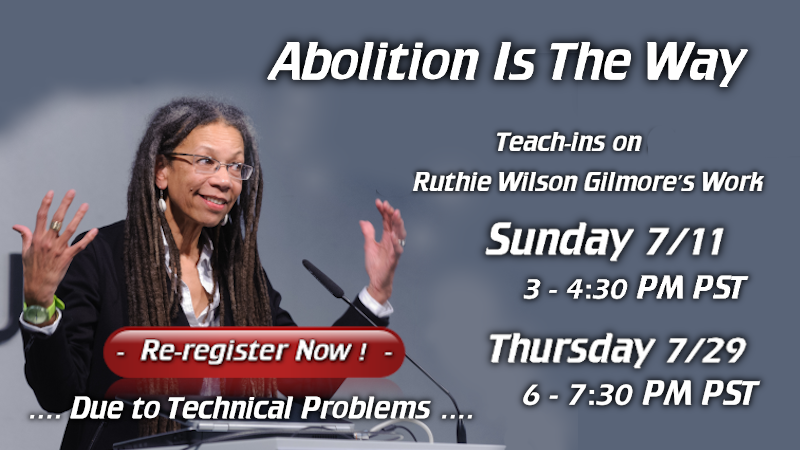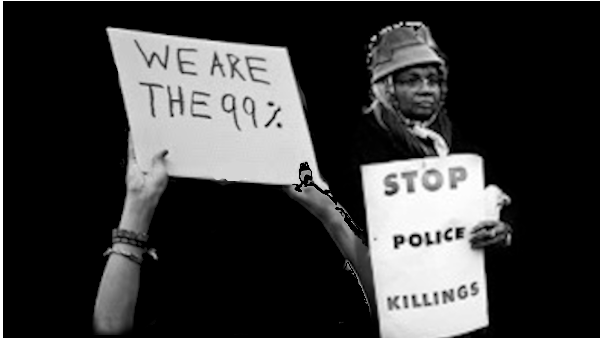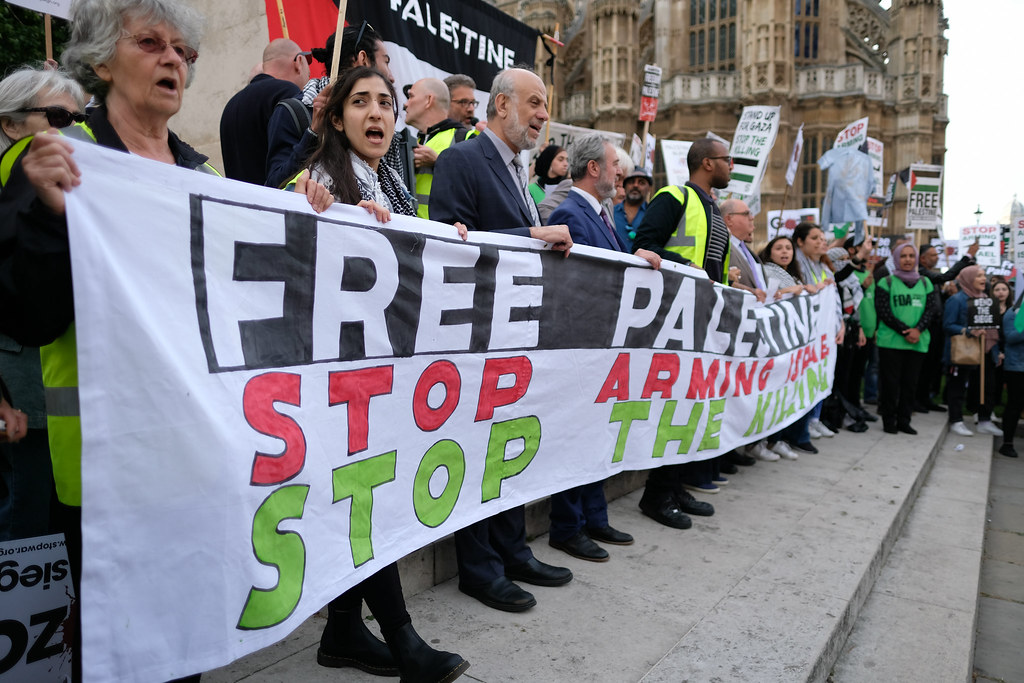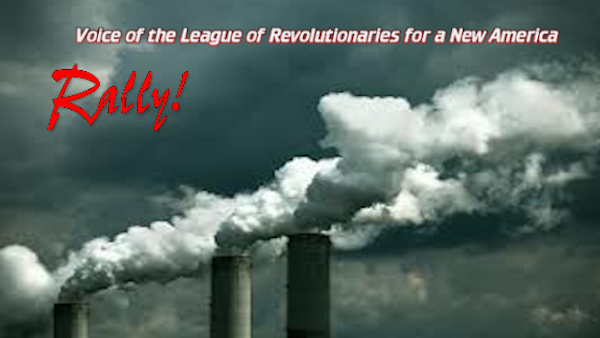Repairing Ecological Destruction
Repairing Ecological Destruction
Reprint from March/April 2022
The following article is based on a report presented to the Secretariat of the League of Revolutionaries for a New America.
Fossil fuels are not the root cause of climate change—capitalism is. While the capitalist mode of production is completely reliant on the use of fossil fuels, stopping and reversing the climate crisis will take more than simply converting all energy sources to renewable.
The earth has warmed an average of 1.2 degrees Celsius compared to pre-industrial levels as a result of fossil fuel combustion. More than half of this has occurred just in the past 30 years alone (within the timespan of the world knowing about and trying to solve climate change).
The stark reality is that we have precious little time to orient the eco-social metabolism back to right-relation before near complete global climate and ecological collapse.
The catastrophic widespread droughts and wildfires, polar vortexes, hurricanes, sea level rise, desertification, crop failures, famine, etc. that the world has experienced so far are going to increase exponentially in both quantity and quality. The atmospheric and oceanic forces that have stabilized the climate for all of life on Earth for millennia are being upended.
At the same time, an unprecedented crash of the capitalist system is imminent, as electronics replace labor in production. The replacement of humans by automation in production has been driving a cyclical process of overproduction, the creation of a new social class of people pushed out of the economy, and a financial and political crisis driving global polarization. The new technology can produce abundance, but the capitalist system distributes products based on the ability to pay, and the jobs of a new class are being replaced with automation, leaving them penniless.
With capitalism no longer able to provide basic needs for increasing numbers of people, the ruling class is gearing toward more and more openly violent means of maintaining private ownership. Society faces either a new system which distributes basic necessities to all based on common ownership, or an increasingly repressive, murderous system based on private ownership. These are the objective conditions, upon which a subjective movement toward a resolution is developing. Without immediate and combined halting of fossil fuel emissions and drawdown of carbon, it’s logical to presume there will be no abundance to distribute from automation in 30 years.
The movement for a Green New Deal is an example of a step which will likely receive some implementation, but is also being staged as a reconstruction of capitalist profiteering around new productive forces. Simultaneously, a groundswell movement in direct opposition to existing and new fossil fuel projects and ecological destruction (led by and aligned with Indigenous people’s sovereignty) is rising. Real questions of political power are more dire than ever. We know that decarbonization, the replacement of fossil-fuel-intensive modes of production, is key to survival on earth, but who is going to control it?
Human and ecological destruction are bound to the same system—revolution means nothing less than complete reorganization of production and distribution, back into the hands of the people, and back into the hands of nature. To address the dual ecological and social crisis, a vision of a re-united human and ecological stage of history is needed to fuel a social revolution on a scale never before seen.
Private property and ecological destruction
Throughout all of nature, ecosystems are premised on a community of organisms and non-biological factors interacting to maintain a balanced, resilient metabolism, where local outputs become local inputs—cycling, yet ever evolving and adapting. Capitalism and private productive ownership in general are historically bound by the disruption of this process.
As capitalist production developed, it required a greater number of urban industrial workers, while also fueling rural depopulation through the mechanization of agriculture. Both processes created and then deepened the system’s reliance on the use of fossil fuels. As the products of agriculture were shipped further and further away from their point of origin, the water, carbon, nitrogen, and other cycles flowing within soils became ruptured. Agriculture shifted from a technology reliant on the relative local recycling of necessary soil organic matter and nutrients to a reliance on imported fertilizers.
This qualitative shift in the geo-political dynamics of agriculture is the first example of the metabolic rift. Metabolism refers to the reactions of life-sustaining processes within a system. The term, metabolic rift, is used by some in ecology and social movements to explain the basic antagonism between private property and natural systems. Any time the soil is plowed or sprayed with fertilizers, a forest cleared, the ocean overfished, or fossil fuels burned, ecological metabolism is ruptured, all to uphold the logic of capital. A positive feedback loop is created through an endless drive to compensate for the system’s declining sustainability by leaning further into capitalism’s reliance on fossil fuels by the further exploitation of new forests, oceans, and people.
The metabolic rift theory also allows us to understand certain important nuances in the definition of communism, an economic system where necessities of life are distributed according to need. Pre-private property forms of society, what’s known as ancient communism, saw the existence of eco-social metabolic unity (rather than rifts) premised on the communal ownership of the means and ecological modes of production—ways of sustaining society without resorting to disturbing the balance of ecosystems. Because we existed in partnership with the reproduction of ecological processes, there was truly an “abundance” which we were able to distribute according to need, and “from each according to ability” applied not just to humans but to the broader community of life.
Now, every globalized capitalist industry is based on the exploitation of nature—the induced scarcity of ecosystem reproduction. Fossil fuels are the lifeblood of capitalism, and the interaction of fossil fuels and capitalism is globalizing the metabolic rift in the form of the climate crisis. However, it will ultimately take the complete elimination of capitalism to stop and reverse the crisis – and the metabolic rift as a whole – not just the switching of energy from fossil fuels to renewable.
The Way Forward
If you look at any eco-social struggles on Earth, from the halting of oil or gas pipelines, deforestation, and mining, to the struggles against environmental racism and peasant and agrarian movements, there are unbroken lines of cultures, modes of production and distribution, thought, and spirituality based on metabolic unity (rather than rifts). The power and potential of socio-ecological harmony is and always has been kept alive by Indigenous struggles, despite intense repression by the ruling class. We need to look no further than the countless Indigenous Peoples of Turtle Island (so-called North America) who understand metabolic unity in a practical way and demand rematriation in their struggle to steward the land.
Human influence upon ecology pre-colonization was foundational to our understanding of these natural systems. Whether it was the controlled burns of grassland, directed succession in forest ecosystems, the biodiversity of agricultural systems, or any other countless examples of Indigenous reproduction of the eco-social metabolism, any attempt to reverse the metabolic rift must center this holistic knowledge and sovereignty. In a sense, the Land Back movement is the subjective expression of an objective response needed to counteract the metabolic rift.
A vision of society no longer alienated from the ecosystems in which we live is an indispensable weapon in class struggle. It is something the ruling class cannot deliver. As a planet, we are all tied to developing new eco-social structures transcendent of capitalism.
We are looking at a new class, not just as it’s created by automation, but as it’s created by the metabolic rift as well. A new class who can only survive if the metabolic rift is healed. If the new class created by automation fully integrates its current revolutionary battles fighting for housing, food, health care, safety, and education for all with the tactics of the forces demanding Land Back for Indigenous peoples, a just transition for fossil fuel industry employees, and the potential of agroecology and decentralized renewable energy, we can achieve a revolutionary outcome and heal the metabolic rift.
With enough of a push, the worst of the climate crisis could be avoided. The ruling class is making decisions that are destroying everything—and the solution for nature (including humanity) is communism. Society must be restructured to be compatible with the new tools. Ecological destruction can only be stopped by taking power from the ruling class.
Communism is the only system compatible with protecting humans, nature, and the environment, and it is the program of the new class. Healing the metabolic rift is a process; it cannot be carried out immediately. But as the political struggle against private property proceeds, revolutionaries will test and experiment with the restoration of metabolic unity, learning from different projects across the globe, and ultimately finding ways to integrate its promise into the healing of the entire Planet.
Rally, March/April 2022 Vol2. Ed2
This article originated in Rally, Comrades
P.O. Box 477113 Chicago, IL 60647 rally@lrna.org
Free to reproduce unless otherwise marked.
Please include this message with any reproduction.
Suggested Reading: Repairing Ecological Destruction

